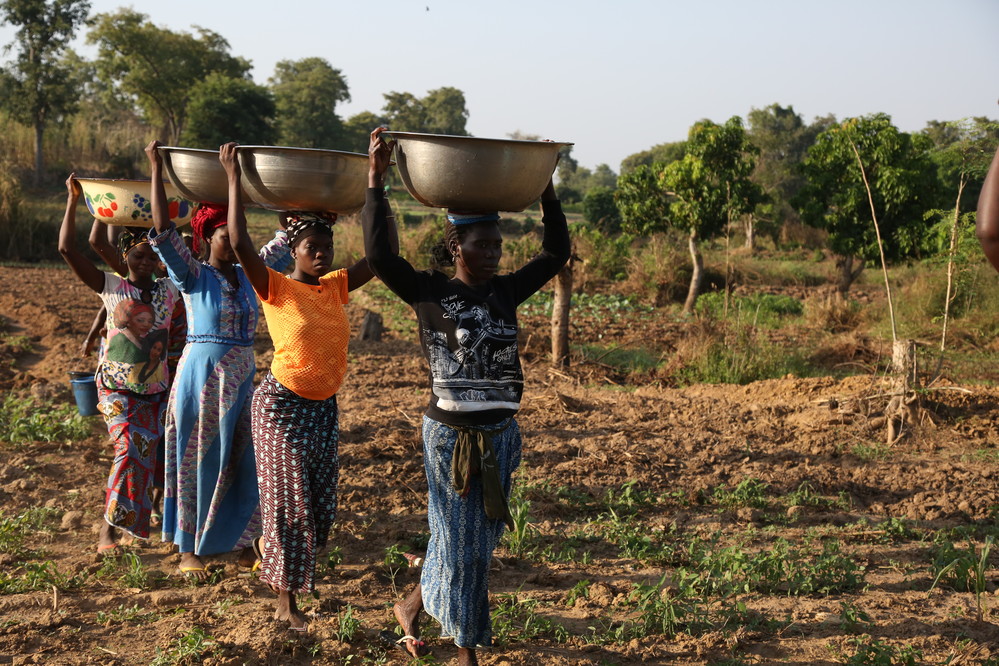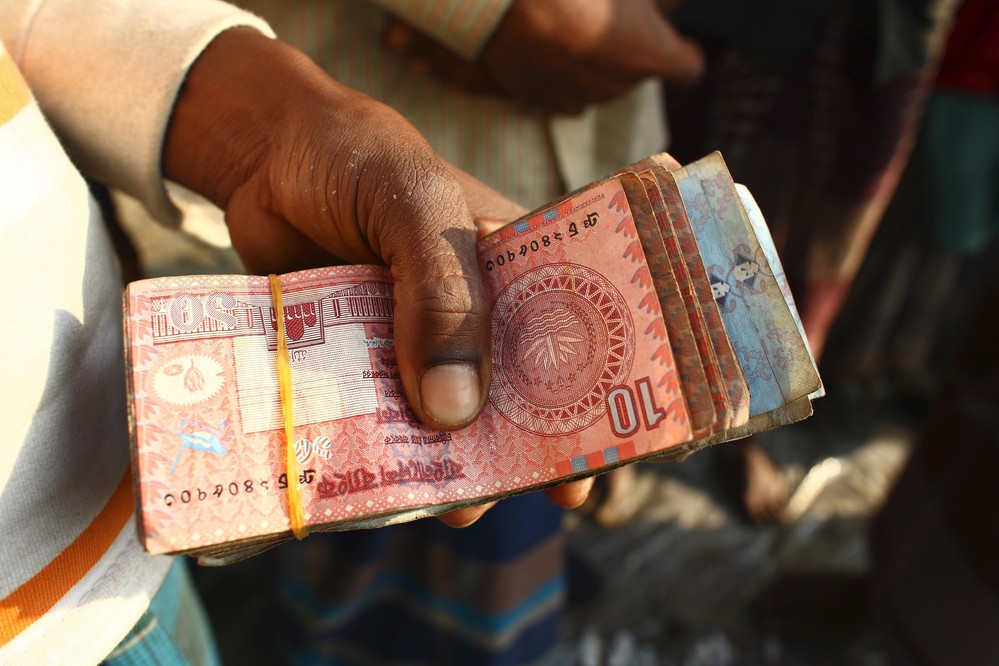220 farmers’ organizations in 12 countries across West Africa and Asia and the Pacific responded to a survey in 2022 about how they access capital for their activities.
_____
Farmers’ organizations across the globe play a key role in aggregating and organizing small-scale farmers, and in leading climate-related activities such as reforestation and adaptation. Despite that, only 6 out of 220 farmers’ organizations surveyed in the two regions accessed sources of green finance. This insight emerged from a recent report released by the International Fund for Agricultural Development (IFAD), the Farmers’ Organizations for Africa, Caribbean and Pacific programme (FO4ACP) and the Smallholder and Agri-SME Finance and Investment Network (SAFIN). The report builds on the results of a similar survey conducted in 2021 on farmers’ organizations in East and Southern Africa by IFAD, aiming to explore how such organizations access finance in other regions.
“Small-scale women, men and young farmers find it very difficult to get loans that are released in a timely manner, with low interest rates, and with simple collateral requirements or application procedures. We hope these survey results can open opportunities for farmers’ organizations, public and private financial institutions, and development partners to work together to respond to the challenges that small-scale farmers face in accessing finance,”
said Esther Penunia, Secretary General of the Asian Farmers’ Association for Sustainable Rural Development (AFA).
The study reveals stark differences in access to capital across regions. For example, farmers’ organizations in South East Asia reported having access to loans that are 3.4 times the average amount as those in West Africa. 42% of respondents from South-East Asia, where farmers’ organizations have greater access to finance from formal financial service providers, raised over US$ 70,000 in total funding. This is true for only 12% of respondents in West Africa, where farmers’ organizations tend to rely more heavily on informal providers and local moneylenders to meet their needs. These results show that sourcing capital from established financial institutions can unlock larger volumes of funding for farmers’ organizations.
Across regions, farmers’ organizations also shared some key preferences and challenges in financing their activities.
- In terms of financial products, working capital loans registered the highest demand by respondents in Asia and Africa.
- High interest rates and heavy collateral requirements ranked among the top challenges listed by respondents from all regions.
- Digital solutions decrease the impact of challenges reported by farmers’ organizations in accessing capital, but this advantage appears to decrease for larger organizations seeking US$ 70,000 or more.
“Finance providers tend to avoid or restrict loans to farmers’ organizations due to the perception of high risk, and the lack of collateral or credit history. Although financiers seek to expand their market share in this untapped and underserved market segment, they struggle to find a solid pipeline of qualified prospects. They also face extensive due diligence processes and high transaction costs for such clients. This survey brings new evidence on the specific product needs and key challenges that farmers’ organizations face in accessing appropriate finance. This valuable information can help to bridge the gap between the demand and supply of financing for farmers’ organizations,”
said Frank Rubio, Senior Coordinator, ad. Interim, SAFIN.
This report will inform the co-design of financing solutions for farmers’ organizations among members of the SAFIN network, including through a recently launched working group on this theme in the Asia and Pacific region.

